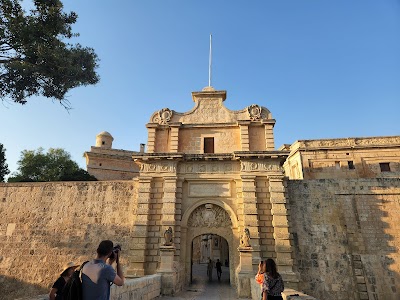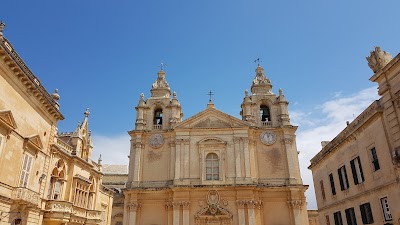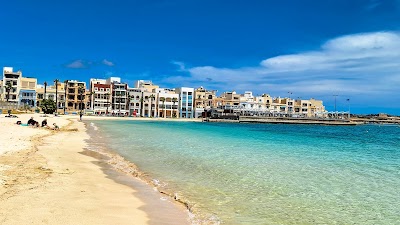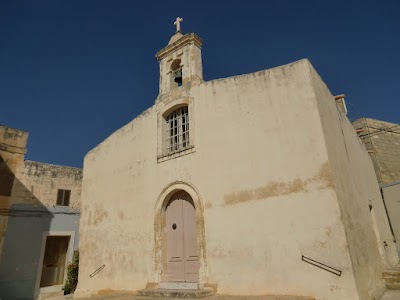Mdina (Il-Mdina)
Overview
Mdina, often referred to as the **"Silent City,"** is a captivating medieval walled town perched atop a hill in the heart of Malta. While frequently associated with Birżebbuġa, Mdina is actually located nearer to Rabat. This confusion arises from the rich historical narratives shared by both towns, which are significant cultural hubs on the island.
The history of Mdina stretches over **4,000 years**, making it one of Malta's oldest cities. It served as the capital from antiquity through the medieval period, thanks to its strategic position that offered commanding views of the island and the Mediterranean Sea. The Phoenicians established the first settlement here around **700 BC**, recognizing the advantages of its elevated terrain. The Romans later fortified the city, allowing it to flourish under their rule.
In the 9th century, the Arabs conquered Mdina, leaving a lasting influence evident in its narrow streets and fortifications. The name **‘Mdina’** is derived from the Arabic **‘Medina,’** meaning ‘city.’ The Arabs reduced the size of the Roman settlement but constructed formidable defenses that deterred invaders. Throughout the Middle Ages, under Norman and subsequent rulers, Mdina remained the island's capital until administrative focus shifted to Valletta following the **Great Siege of Malta in 1565.**
Entering Mdina feels like stepping back in time. The grand **Main Gate**, an 18th-century Baroque addition, welcomes visitors into a world of cobbled streets lined with exquisitely preserved Norman and Baroque architecture. A highlight of your visit will surely be **St. Paul's Cathedral**, originally built in the 12th century and reconstructed in the Baroque style after an earthquake in 1693. Its interior is a masterpiece, featuring intricate marble flooring, magnificent paintings, and lavish silver artifacts.
Mdina is also famous for its **palazzos**, many of which remain private homes. However, some, like **Palazzo Falson**, are open to the public. This palazzo is the second oldest building in Mdina and now serves as a museum, providing insight into the opulent life of the Maltese nobility. Its collection includes antiques, works of art, and a stunning library.
The nickname **"Silent City"** perfectly suits Mdina; despite being a popular tourist destination, it maintains an air of tranquility, further enhanced by its almost car-free policy. Exploring Mdina on foot or by horse-drawn carriage adds to its ancient charm. As you wander through its winding streets, you'll discover hidden squares, breathtaking views, and cozy cafes.
For a spectacular overview of the island, be sure to visit Mdina's **bastions**. From these fortified walls, you can enjoy panoramic vistas that stretch to the coastline, especially breathtaking at sunset when the landscape is bathed in golden hues.
Another intriguing site is the **Mdina Dungeons Museum**, located beneath the Vilhena Palace. This museum explores the darker aspects of Malta's history, featuring wax figures and detailed scenes that depict the grim punishments meted out during the Inquisition and other tumultuous times.
Mdina's charm lies in its **timelessness.** The town exudes a living history atmosphere, with each alley pulsating with stories from the past. Additionally, it serves as a popular filming location for historical movies and TV series, most notably in **"Game of Thrones."**
If you're traveling to Malta, a visit to Mdina is an essential journey into the heart of Maltese heritage. Its narrow streets, historical significance, stunning architecture, and serene ambiance create a unique contrast to the bustle of modern life.
In summary, Mdina is more than just a historical relic; it is a vibrant part of Maltese culture. Its preservation allows it to retain a sense of mystery and grandeur that captivates visitors. Whether you are a history enthusiast, a cultural aficionado, or in search of a peaceful retreat, Mdina promises an unforgettable experience.







